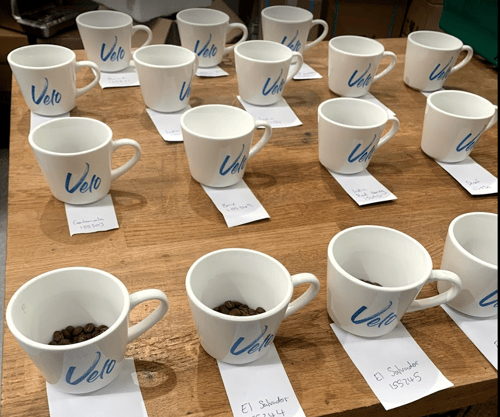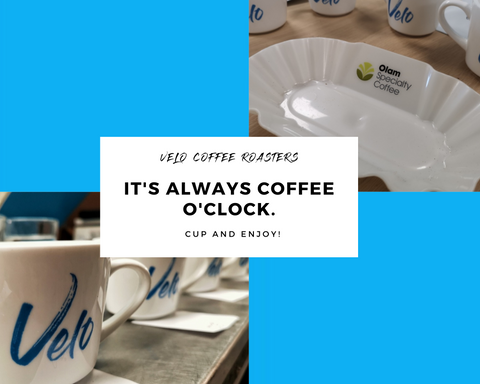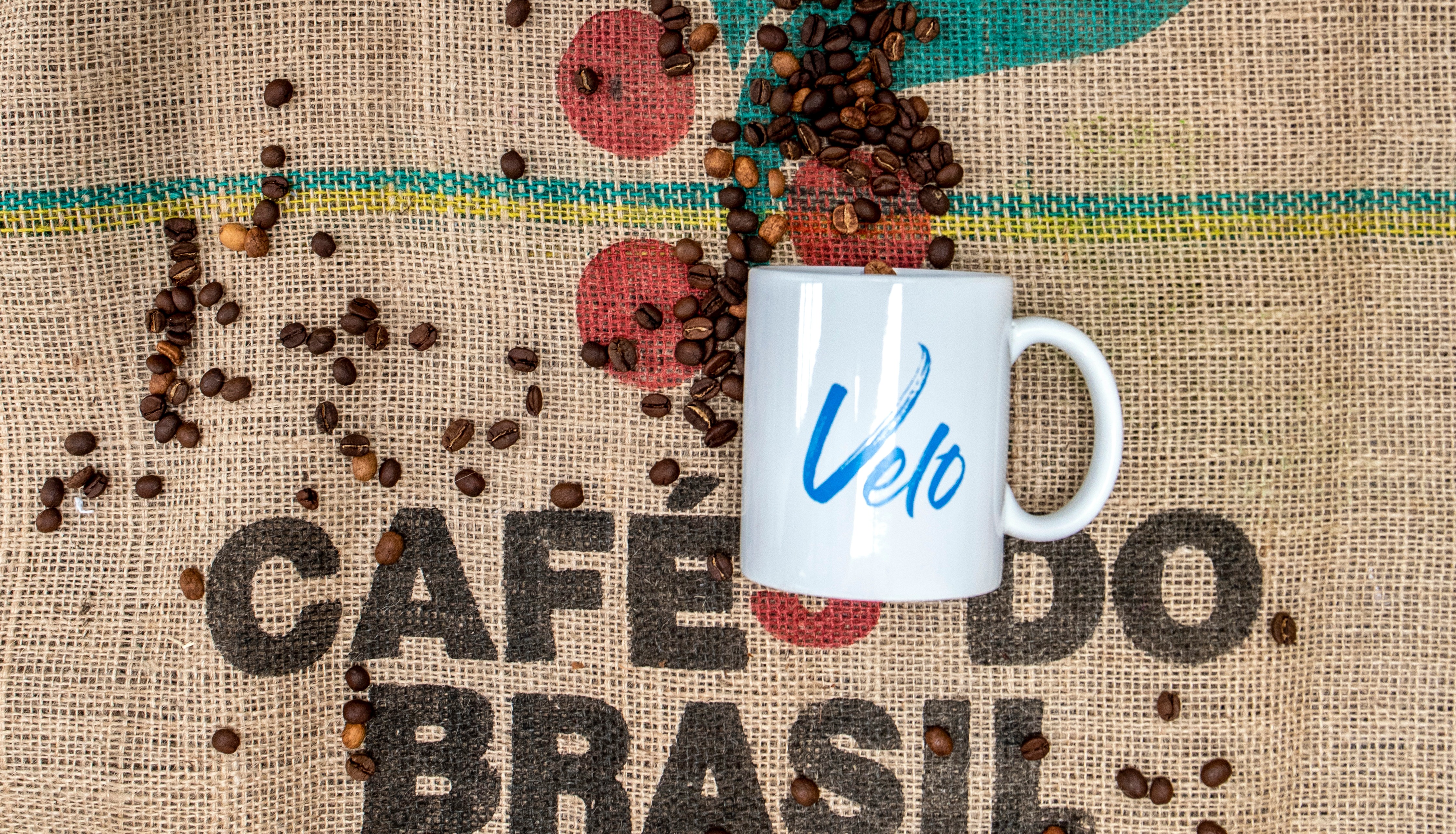It's OK to slurp your coffee!
Sip on some history!
They say that ‘looks aren’t everything’, but before the late 19th century that was just the case for raw coffee. Coffee was previously bought and sold based solely on aspects of its visual appearance such as size and colouring. In the late 19th century, coffee roasters realised that coffee drinkers were willing to pay more for a better tasting coffee, and didn’t really take much notice to the initial appearance of the coffee. Coffee roasters began to search for more objective ways to assess coffee’s value.
Before the 19th century, coffee was thought to fall into one of four categories: acidic, bitter, sweet, and salty. Pretty basic, right? Today, there are endless flavour notes that are found in coffee: floral, berry, roasted, spices, nutty OH MY! Sounds interesting, right? Well, with coffee cupping, you can become the next ‘coffee connoisseur’ of your family and friends!
Clarifying Coffee Cupping!
So, the tasting technique used by coffee producers, roasters, and buyers all over the world is called coffee cupping, or cup tasting. Producers and roasters use this technique for quality control purposes on batches of coffee beans that are being produced and prepared for packaging. Coffee cupping also ensures that consistency is being kept in the production of coffee, especially in blended coffee products! The coffee is scored on aspects such as cleanness, sweetness, acidity mouthfeel, and aftertaste. Now to actually prepare the coffee for tasting!
Hot water is first poured onto freshly roasted and ground coffee beans and steeped for an average of 3-5 minutes. After the coffee has steeped, the foam is removed from the top of the coffee and discarded as waste.
The coffee will need a few extra minutes to cool before tasting for two very important reasons. The first being of course you don’t want to burn your tongue, and the second reason is to allow the full flavours of the coffee to emerge. After each of the coffees to be tasted has had the chance to cool, grab a spoon and a glass of water; the water will be used to rinse the spoon in between tastings so as not to contaminate each cup of coffee.
Dip your spoon into the first cup of coffee and be sure to slurp the coffee off the spoon, don’t sip it! Slurping the coffee allows the coffee to essentially be sprayed across your whole palate. This allows even the most subtle flavours to reach all the tasting zones of your mouth so you can experience most of the coffee flavour!
It’s important to be patient and take your time with the tastings of each coffee. This is important to coffee producers and roasters because it helps them identify and develop flavour profiles in different batches of coffee. The flavour of coffee is directly impacted by weather and altitude, but most importantly the soil and cultivar.
To Close on Coffee Cupping!
Coffee cupping has allowed the value of coffee to grow and expand because coffee consumers are willing to pay for what tastes good! It is a vital step for coffee producers and roasters because it helps with quality control, maintaining consistency, and developing flavour profiles. Coffee cupping can easily be done at home with family and friends if everyone brings their favourite coffee to cup and taste! Thanks to the history of coffee cupping, dozens of different coffee flavour profiles have been discovered!
![]()
.png?width=1000&height=225&name=Untitled%20design%20(6).png)


